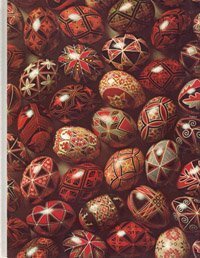What do you think?
Rate this book


Hardcover
First published December 28, 1969
“It is when food is precious that cooks display all their skill and ingenuity.”
Before you can purchase anything, you must make a selection and get the attention of a clerk, who tells you the price. Then you go [to] the cashier, pay the sum, get a receipt and claim your purchase. Since each of these steps may involve waiting in a queue, shopping is a time-consuming task even in the newest and most modern gastronom.
A queue of at least 1,000 apple lovers ran completely around the pavilion waiting to get in. As tourists—which, in Lithuania, means welcome guests—we were accorded the privilege of entering the pavilion without having to queue up.
We took the old Silk Road that runs eastward toward China, a road worn eight feet deep below the adjacent fields by the shoes and hoofs and wheels of many millennia’s caravans.
“Talking about food is hungry work.”
“Bread, or the lack of it—that is what makes history.”